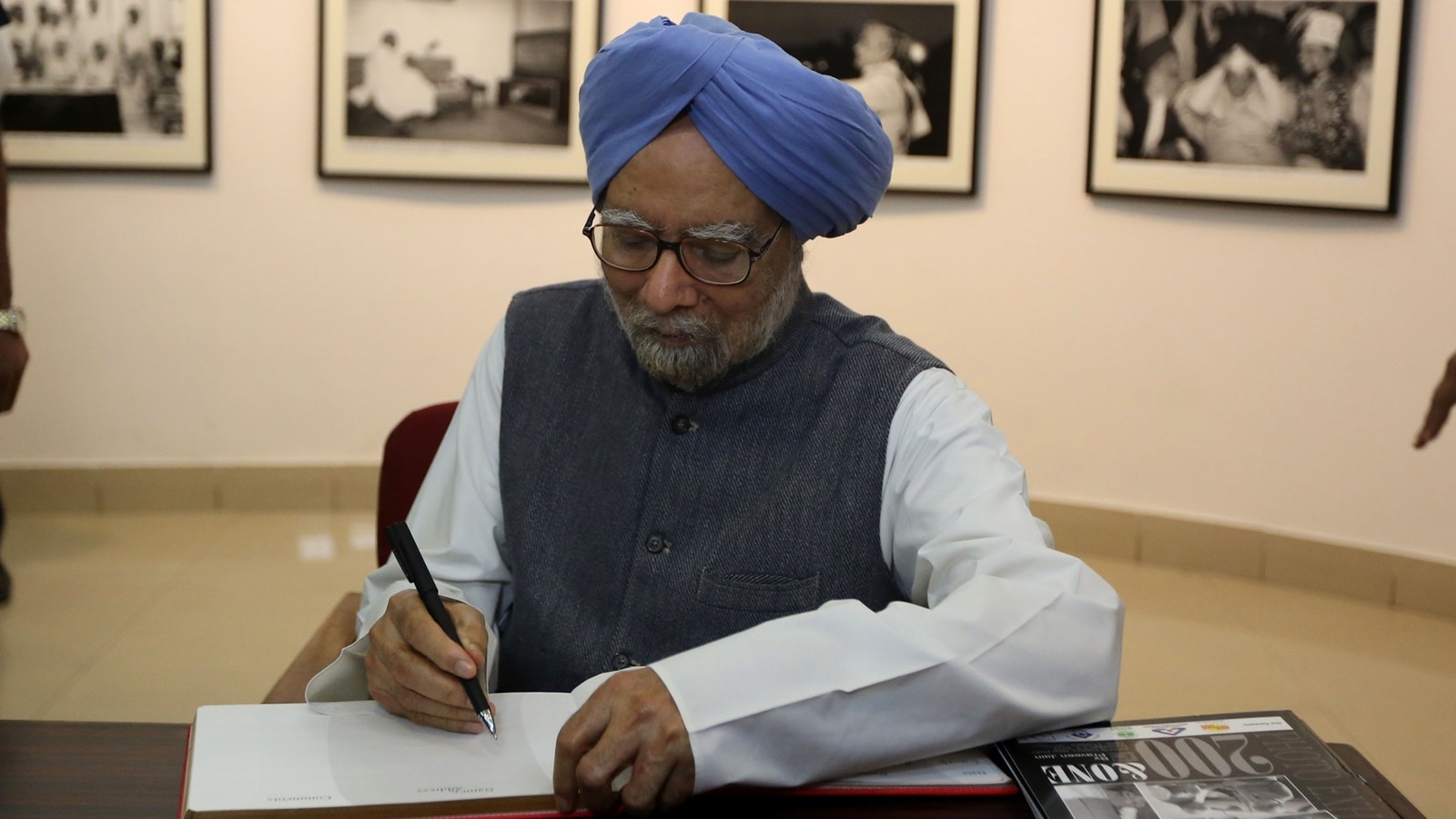 |
|
This article offers a personal and insightful reflection on the life and career of Dr. Manmohan Singh, former Prime Minister of India, by an author who knew him both professionally and personally. The author, a professor of economics with a shared Cambridge connection, details their interactions spanning several decades, highlighting the striking contrast between Dr. Singh's public persona as a politician and his more animated, passionate self when discussing economic matters. The article portrays Dr. Singh as a man of quiet contemplation and few words, whose modesty belied an encyclopedic knowledge of economics. His public speeches on political topics are described as deliberate and carefully worded, often read from prepared texts, while his discussions on economic issues are characterized by lucidity, passion, and wit, showcasing his deep understanding of both classical and contemporary economic thought.
The author recounts several encounters with Dr. Singh, emphasizing the unique dichotomy of his public and private demeanors. In one instance, during a meeting regarding legal reform in women's rights, Dr. Singh's subtle yet affirmative response led to the passage of the landmark Hindu Succession Amendment Bill, reflecting his ability to influence policy without overt displays of power. The author's anecdotes paint a picture of a man who, despite his high office, retained a personal touch, demonstrated by his genuine interest in the author's career and the Institute of Economic Growth (IEG), where both served at different times. The article also touches upon Dr. Singh’s close connection to Cambridge University, where he studied alongside other influential South Asian economists known as the 'Apostles of Development'. This underscores his place within a significant intellectual lineage that shaped the discourse on international development.
Beyond the professional sphere, the article delves into Dr. Singh's personal life, revealing glimpses into his family life and his pride in his daughters' accomplishments. The author's descriptions of private meetings at Dr. Singh's residence illustrate a more relaxed and engaging side, further reinforcing the duality of his public and private personas. The author's account of discovering Dr. Singh's portrait at St. John's College in Cambridge and sharing this discovery with Dr. Singh offers a poignant moment of shared history and personal connection. The article concludes with a heartfelt tribute to Dr. Singh, reflecting on his remarkable life, his contributions to Indian economics and politics, and his lasting legacy. His modesty, intelligence, and capacity for human understanding are consistently emphasized, concluding with an expression of sadness at his passing.
The article's structure is chronological, moving from the author's initial meeting with Dr. Singh in 1981 through their last meeting in 2019. This narrative approach allows for a natural progression of their relationship and a nuanced portrayal of Dr. Singh's evolution as a public figure and private individual. The inclusion of specific policy achievements, such as the Hindu Succession Amendment Bill and other significant legislation enacted during UPA 1, contextualizes Dr. Singh's contributions within the larger framework of Indian politics and societal change. The repeated mention of Cambridge University provides a consistent link throughout the narrative, grounding Dr. Singh's life within the intellectual circles that shaped his worldview and career trajectory. The personal anecdotes, while seemingly minor, effectively illustrate the essence of Dr. Singh’s character and working style, his thoughtful approach, and his ability to achieve significant results with quiet efficiency and diplomacy. The article’s overall tone is one of respectful admiration and personal affection, underscoring the deep regard the author held for Dr. Singh. It offers a unique perspective on a significant historical figure, complementing more formal biographical accounts with intimate insights.
Source: Contrast between Manmohan Singh, the politician and the economist
